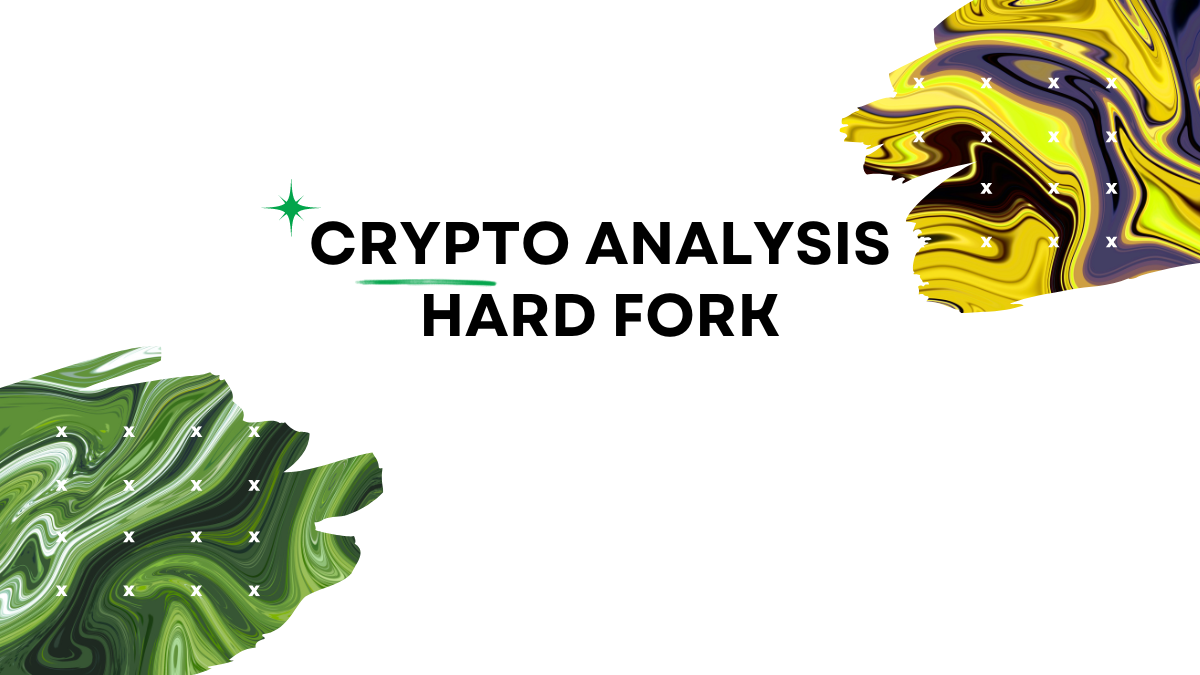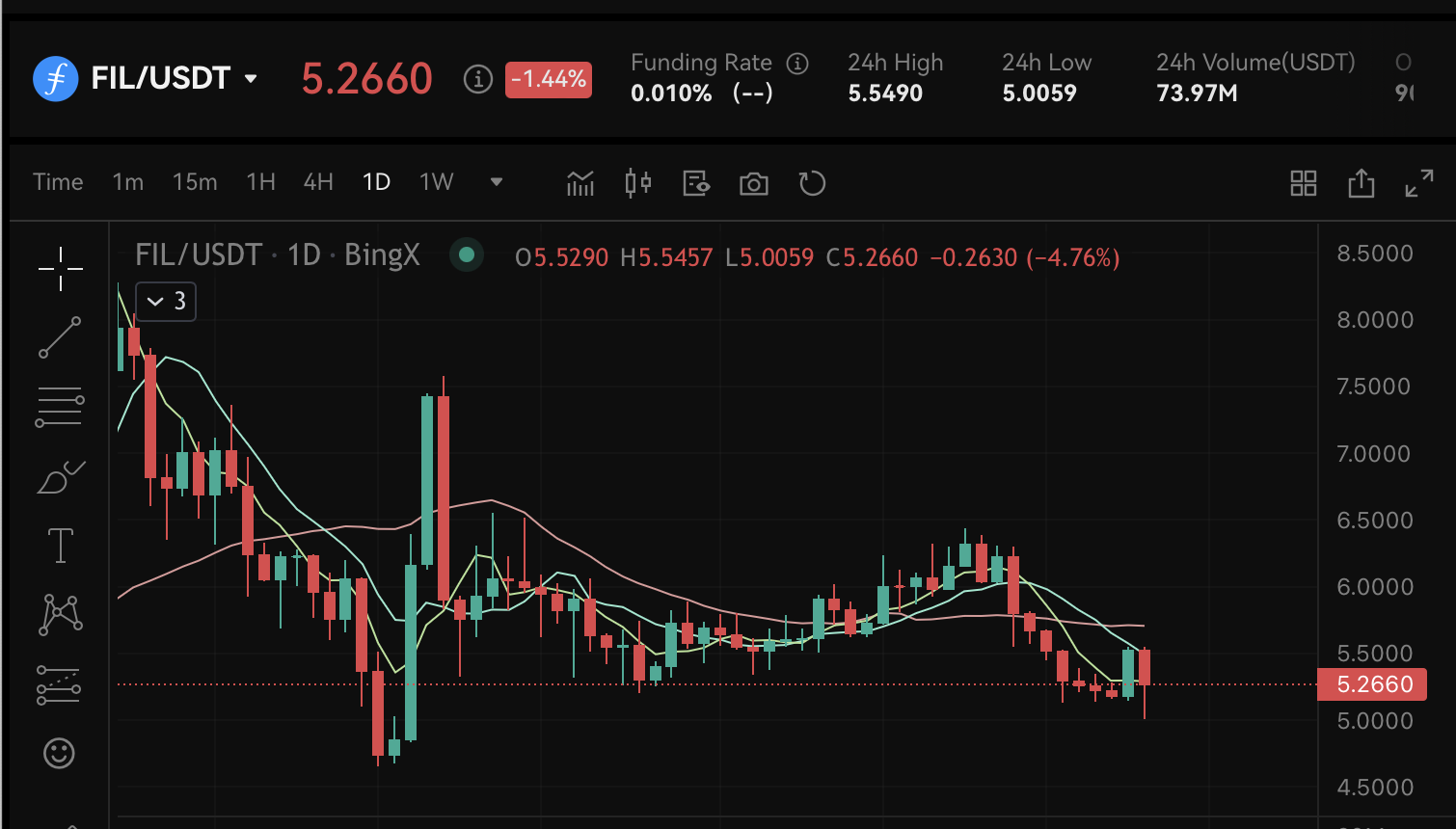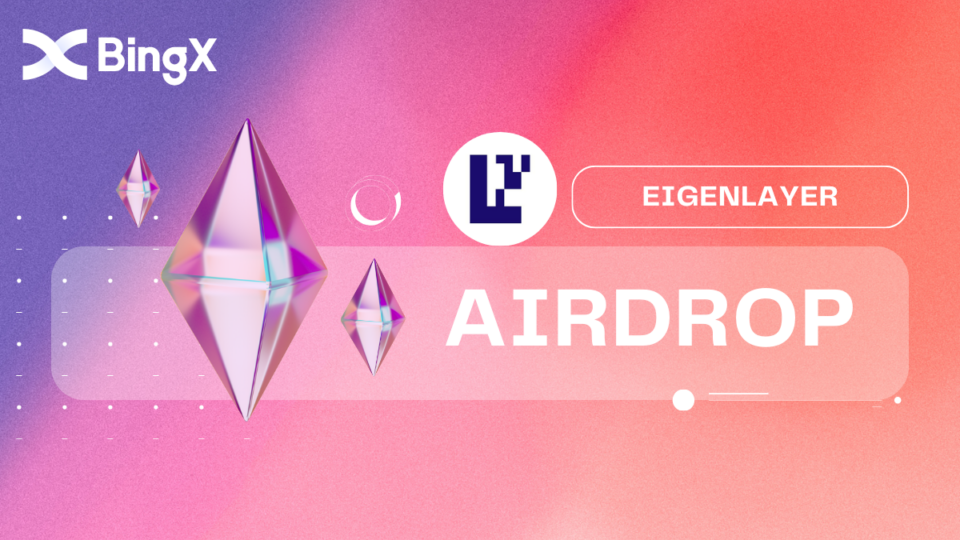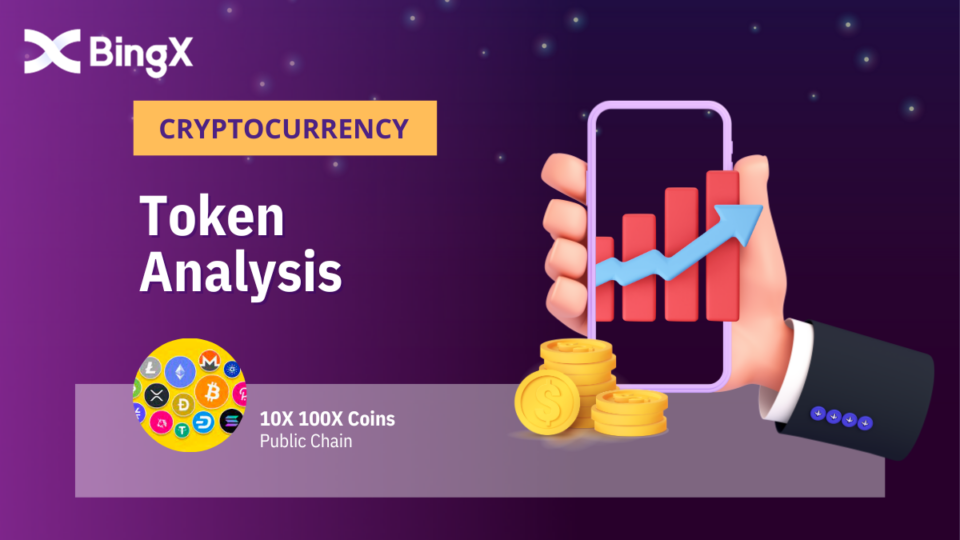
What is Hard Fork and What effects does it bring?
April 27, 2023
How Multi-Party Computation Secures your Assets?
April 27, 2023What’s The File Coin Price After FIL Hard Fork

The decentralised storage network token Filecoin (symbol FIL) will undergo a hard fork on April 27th at 8 p.m. Asia time.
Why does FIL need a hard fork?
A hard fork occurs in blockchain development when a significant proportion of nodes or miners refuse to upgrade, resulting in new blocks generated by new nodes being rejected by the old nodes. The only solution to this problem is to fork the blockchain. After the fork, the old nodes continue to validate the old blocks, while the new nodes can validate both the new and old blocks.
Not every fork results in the new blocks gaining an advantage. For example, in the case of the Bitcoin hard fork that created Bitcoin Cash (BCH), the older version of Bitcoin still maintains its leading position, and BCH has fewer users compared to BTC.
During the upgrade process, Ethereum also experienced a situation with ETH and ETHW. Unlike Bitcoin, the upgraded version of Ethereum (ETH) had more users, but the old nodes were unwilling to support the upgraded Ethereum, resulting in the creation of ETHW for use by the old nodes.
The hard fork of FIL is mainly due to the upgrade of the mainnet. This upgrade introduces smart contracts, allowing FIL to be used for programming similar to Ethereum. As with previous hard forks, nodes also need to upgrade. FIL’s mining nodes have always been powerful, and the upgrade would render a large number of mining machines unable to produce new FIL, necessitating a hard fork.
Price prediction for FIL after the hard fork
Currently, FIL is still greatly influenced by Bitcoin’s volatility. After being affected by Bitcoin and experiencing a price surge on March 12th, FIL did not continue to rise but instead retraced. As a result, the market is still adopting a wait-and-see attitude towards FIL.

In the long run, this hard fork will have a positive impact on the Filecoin (FIL) token. It is difficult to determine whether the upgraded blockchain will continue to use the old token, similar to Ethereum, or adopt a new token like Bitcoin’s Bitcoin Cash (BCH).
If the old token is retained, the price of FIL is likely to increase as a result of the fork. If a new token is introduced, the price of FIL may decline. Therefore, until the hard fork is completed, the recharge and withdrawal functions of FIL will be temporarily frozen. Only after the mainnet upgrade is completed will we know the final outcome of the fork.



